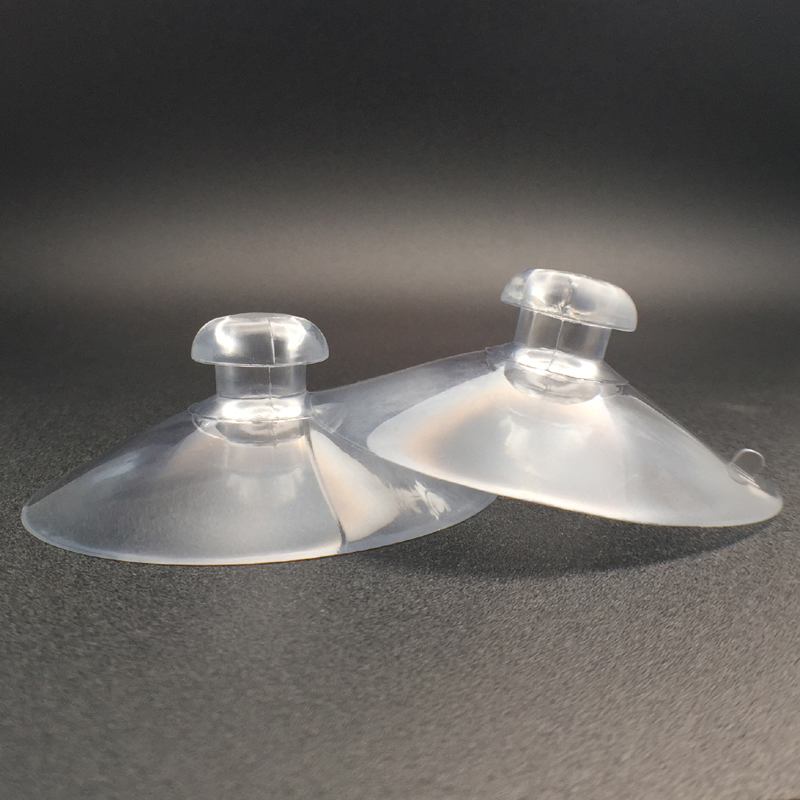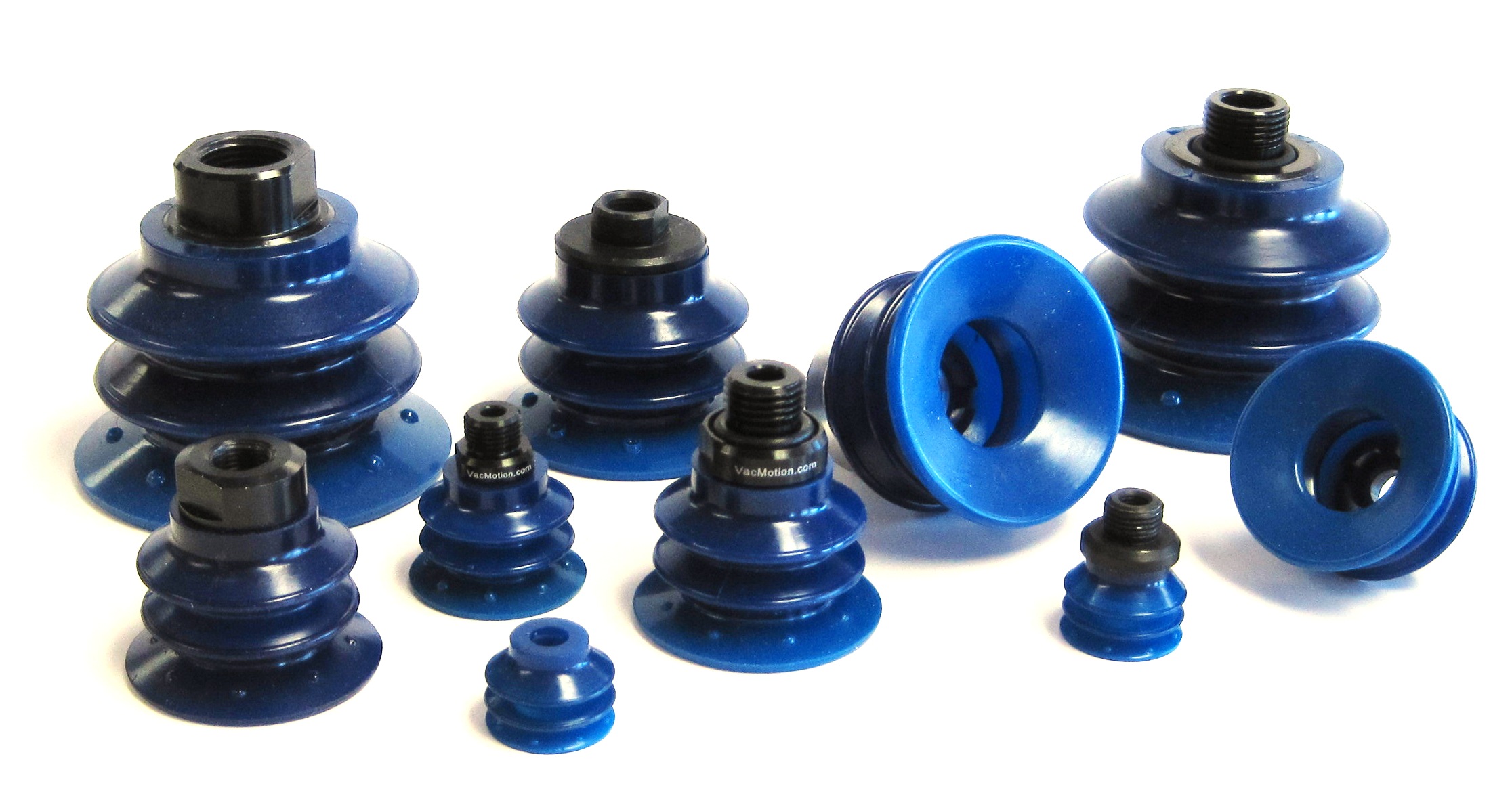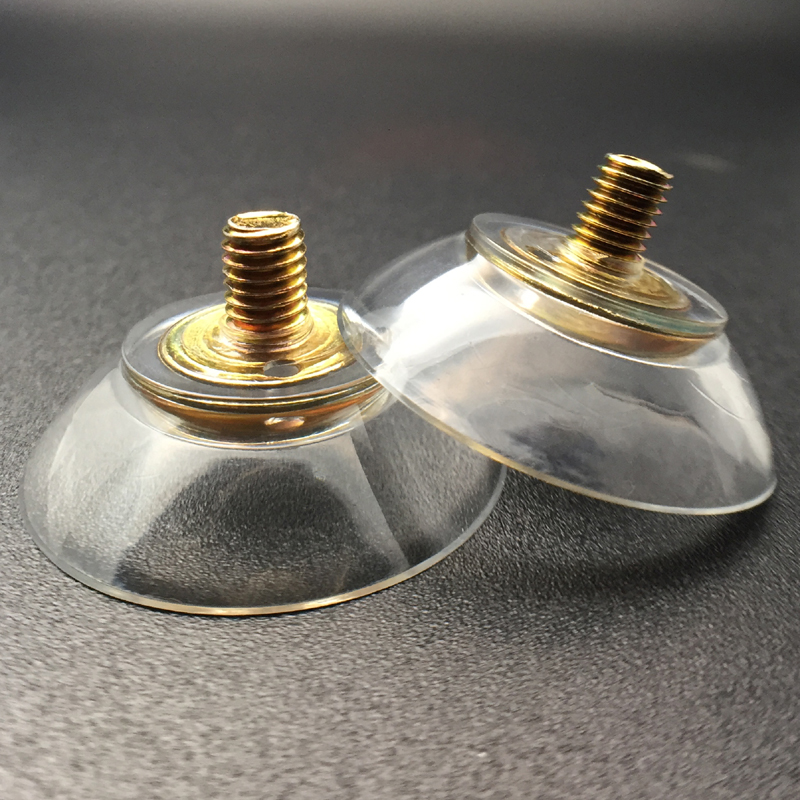Suction Cups - Holding Things Firmly In Place
It's really quite something, you know, how these simple suction cups manage to hold onto so many different surfaces, doing all sorts of jobs around us. From sticking a little hook on the bathroom wall to helping out with big tasks in workshops, these handy helpers are everywhere, quietly doing their part to keep things steady. They seem so straightforward, yet their ability to create a powerful grip without permanent marks is, well, pretty amazing.
From hanging a holiday decoration to helping out in a workshop, their usefulness is pretty clear, but basically, sometimes they just don't want to cooperate, which can be a bit frustrating. You might find yourself scratching your head when something that should stick just won't, or when a tool that relies on this kind of grip simply isn't performing as you'd expect. It’s a common experience, really, for anyone who uses these clever devices regularly, so figuring out why they sometimes falter is a good idea.
So, we're going to look at some common sticky situations people run into with these handy tools and talk about smart ways to get them working again, keeping things firmly in place. We'll explore some of the peculiar habits of these gripping helpers, like how they sometimes prefer to grab onto certain shapes or what happens when tiny bits of gunk get in the way. It's all about making sure your suction cups are up to the job, whatever that job might be, and finding simple fixes when things go a little sideways.
- Eddie Murphy Tracy Morgan
- Pisces Love 2025
- Jerry Glanville Daughter
- Asap Rocky Taylor Swift Meaning
- Travel Size Mascara
Table of Contents
- The Curious Case of Suction Cup Focus
- Why Does My Suction Cup System Seem to Miss the Mark?
- Keeping Your Suction Cups Working Right
- Are Your Suction Cups Letting Air In?
- When Suction Cups Face Tougher Materials
- What Happens When Suction Cups Encounter Ink?
- Clever Ways to Make Suction Cups Work Better
- How Can We Make Suction Cups Hold Tiny Bits?
The Curious Case of Suction Cup Focus
When you're trying to hold something down, especially a smaller item, you might notice that some suction systems have a very specific way of doing things. For instance, there's a type of control where the grip really concentrates on the narrow side of a piece, along its right edge, which is often where the starting point or 'origin' is. This can be super helpful if you're working with something that is long and thin, and you just need to secure its width. But, actually, here's the kicker: this particular setting doesn't really help with the length of the item. It's almost as if the system has a favorite dimension it wants to grab onto, leaving the other one a bit ignored. This means if your goal is to hold down a long object along its entire length, this specific option just won't do the trick. It's a bit of a head-scratcher, really, when a feature seems so promising but then turns out to be not quite what you need for a particular task.
Why Does My Suction Cup System Seem to Miss the Mark?
So, why would a system that's all about suction cups, and holding things firmly, only focus on one side or one measurement? Well, it turns out that some tools are just built with certain tasks in mind. If a suction cup control is designed to concentrate its grip on the width of a smaller item, especially near a specific starting point, it means it's really good at that one job. But, you know, when it comes to holding something along its full length, that particular setting just doesn't offer any help. It's like having a special tool that's perfect for tightening screws, but completely useless for hammering nails. This can be pretty frustrating, especially if you're trying to get a good hold on a long, slender piece of material. The option might be there, visible on the control panel, but for anything that needs length-wise stability, it just doesn't offer the necessary grip. It essentially becomes a feature that, for certain jobs, simply doesn't contribute to getting things done, which is a little bit of a letdown when you're counting on every bit of help you can get from your equipment.
Keeping Your Suction Cups Working Right
Making sure your suction cups, especially those in more complex systems like printers, keep working well often comes down to a few simple checks. One thing to always look out for is the small air tube that sits just under the cap top, which is a part of the ink system. It's very, very common for this tube to get blocked up with dried ink. When that happens, the air can't move freely, and that really messes with the suction needed to draw ink. It's a bit like trying to drink through a straw that has a little bit of something stuck inside; you just can't get a good pull. Another sneaky culprit for poor suction can be the connectors that link to the ink cartridge dock. These spots can sometimes let tiny bits of air sneak in, and even a small air leak can weaken the overall grip or pull. It’s like having a small hole in a balloon; no matter how much air you try to put in, it just won't stay firm. Keeping an eye on these little things can make a big difference in how well your system performs and how reliably your suction cups do their job.
- Cordless Vacuum Black Friday
- Olivia Rodrigo Met
- Patrick Gibson And Maude Apatow
- Mj Death Photos
- Skarsg氓rd Family Tree
Are Your Suction Cups Letting Air In?
It's actually quite surprising how much trouble a little bit of unwanted air can cause for suction cups, especially in systems that rely on a consistent pull, like those in a printer. The connectors that attach to the ink cartridge dock are often places where air can find its way in. You see, these connections need to be completely sealed to make sure the suction system works as it should. If there's even a tiny gap or a worn-out seal, air can slip past, and that immediately reduces the force of the suction. It’s like trying to create a vacuum with a window slightly open; you just won't get the strong, steady pull you need. This can lead to all sorts of issues, from ink not flowing correctly to the system simply not being able to hold things down with enough power. So, checking these connection points for any signs of wear or a loose fit is a pretty good idea. Making sure they're snug and sealed is a simple step that can often fix a lot of problems with your suction cups and the way they perform.
When Suction Cups Face Tougher Materials
Working with suction cups means you'll eventually run into materials that are a bit more challenging to hold. Think about substrates, which are just fancy words for the base materials you're working with. When these are thicker than, say, a quarter of an inch, the usual suction methods might start to struggle. It's almost as if the suction cups, which are designed to create a strong seal on a relatively flat and thin surface, find it harder to get a good grip on something with more bulk. The weight of the material, its stiffness, and how much it might flex can all play a part in how well the suction holds. You might find that for these thicker pieces, the standard settings or methods just aren't enough to keep them firmly in place. This often means you need to get a little creative or consider other ways to secure the material, because relying solely on the typical suction cup setup might lead to things shifting or not holding at all. It’s a good reminder that not all materials are created equal when it comes to getting a strong, reliable grip with suction.
What Happens When Suction Cups Encounter Ink?
When suction cups are part of a system that handles liquids, especially something like ink, things can get a little messy, and that, you know, can cause some real headaches. For instance, near the spot where suction is supposed to happen, you might see a lot of white ink splashing around. This isn't just a minor clean-up job; it often points to a bigger issue with the suction itself. If the system isn't pulling the ink properly, or if there's an air leak, the ink can get sprayed where it shouldn't. Also, a powerful cleaning cycle, which uses a lot more suction than just printing, will often draw enough ink into the hose to get things flowing for a little while. This is because the strong pull can temporarily overcome a partial blockage or a weak seal. But, if you've got a new captop – that's the part that seals around the print head and helps draw ink – and it used to have good suction, but then you blew a fuse, and now, even with new fuses, you feel no resistance when trying to pull ink through it, that's a clear sign of trouble. It means the suction cups, or the system they're part of, are just not doing their job of creating that essential pull for the ink.
Clever Ways to Make Suction Cups Work Better
Sometimes, when your usual suction cup methods aren't quite cutting it, you have to get a little inventive. For instance, if a standard approach isn't holding something down, you might try to reverse the process. This means, in some situations, you'd apply suction from the top of the item and then gently push from the bottom. It's a way of trying a different angle of pressure to get a better grip, kind of like trying to open a jar by twisting it the other way. Another common scenario is when you're trying to attach something to glass, and you want to hide any little imperfections or the mechanics of the hold. In that case, you could use mounting tape and a bit of silicone. You'd put these on the back of the glass, where they won't be seen, and then you can add something to cover up the whole arrangement. This could be a piece that matches the overall look of what you're attaching, or even a piece of vinyl. It's a neat trick to make sure everything looks tidy and professional, even if the underlying attachment isn't perfectly invisible. These little creative adjustments often make all the difference in getting suction cups to perform exactly as you need them to.
How Can We Make Suction Cups Hold Tiny Bits?
One of the persistent challenges when working with suction cups, especially in a workshop setting, is getting them to hold down really small parts. It's actually a bit of an ongoing quest, you know, particularly when it comes to something like a spoil board, which is a surface used to protect your main work area. People are constantly trying to improve the suction on these boards so that even the tiniest pieces of material stay put. It's a common struggle, like during a holiday break, when folks are still tinkering, trying to figure out how to get that perfect grip on those little bits. The problem is that small items often don't offer enough surface area for a strong, reliable suction cup hold. They might wiggle, shift, or even fly off entirely, which can be pretty annoying and even ruin a project. So, the goal is always to find ways to concentrate the suction, or to use a different method of applying it, so that those small parts are truly locked down. It’s about finding that sweet spot where the suction is just right, providing enough force to keep things steady without causing any damage to the delicate small pieces themselves. This constant effort to refine how suction cups handle small items is a testament to how important precise holding power is in many tasks.
So, we've taken a look at some of the interesting aspects of suction cups and the systems they're a part of. We talked about how some systems focus their grip on width rather than length, and how that can be a bit limiting. We also explored the importance of keeping air tubes clear and connections sealed to make sure suction stays strong. We touched on the challenges of using suction with thicker materials and how ink can cause issues like splashing or a loss of pull. Finally, we discussed some smart ways to get suction cups to work better, from reversing the pressure to hiding any messes, and the ongoing effort to improve their hold on really small items. It's clear that while suction cups are simple in concept, getting them to work perfectly often involves a bit of troubleshooting and clever thinking.
- Patrick Gibson And Maude Apatow
- My Super Sweet 16 Season 9
- Krispy Kreme Ghostbusters Doughnuts
- Skarsg氓rd Family Tree
- Olivia Rodrigo Met

2-1/2'' Strong Suction Cups - Kingfar

Suction Cups - All Types in 2024 - Vermont Republic

Rubber Strong Suction Cups With Screw - iSuctionCups